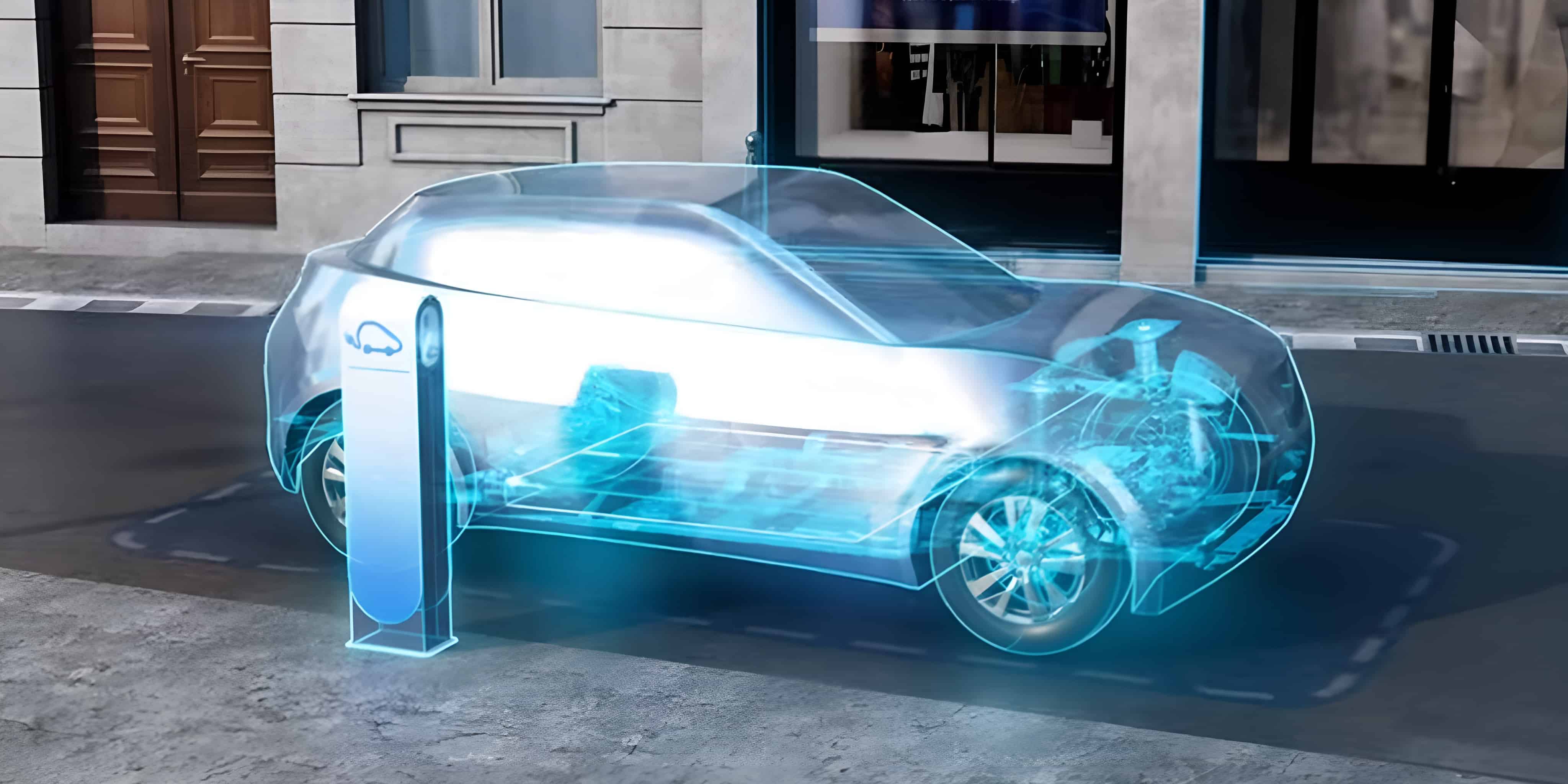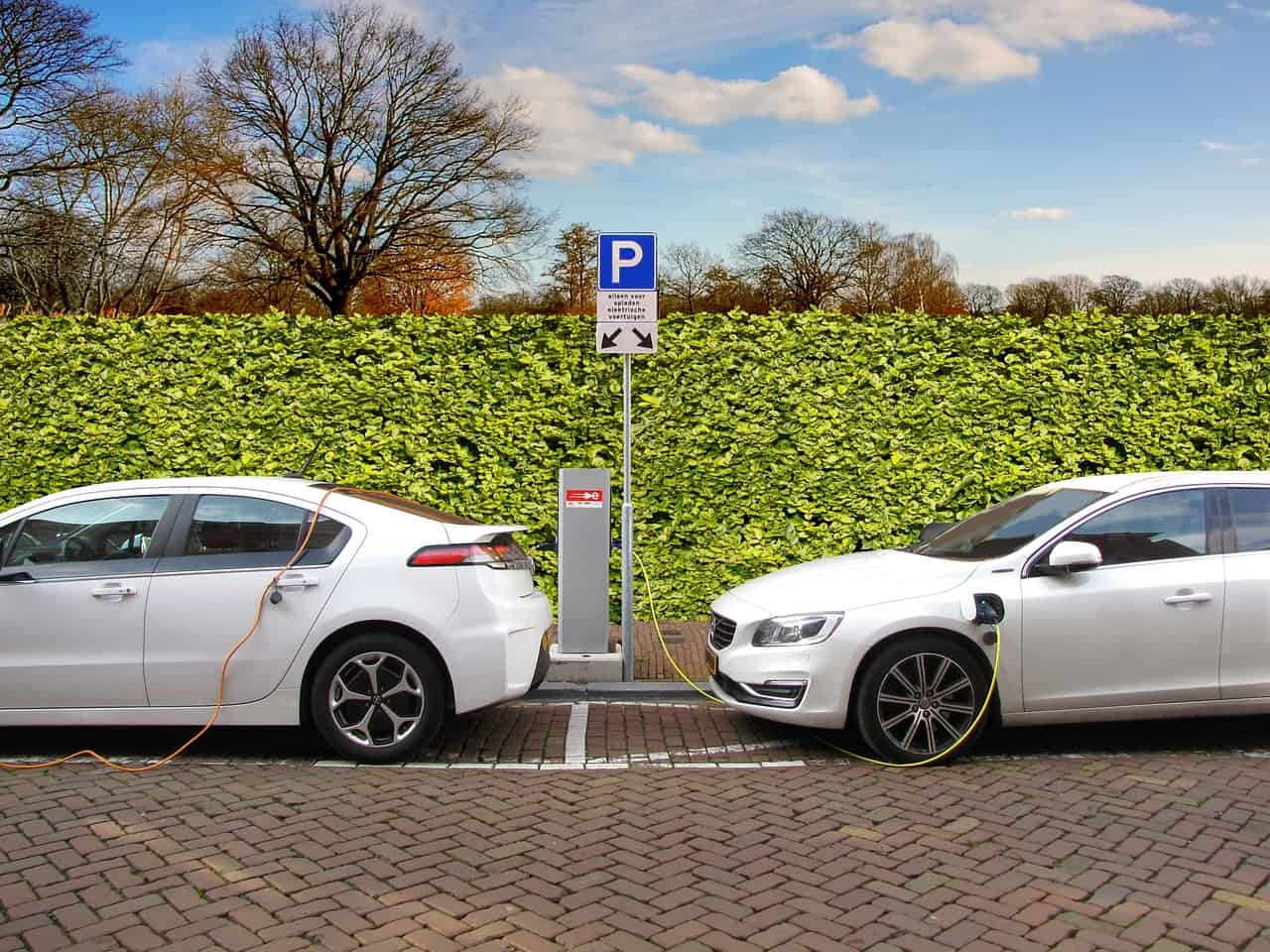
A new EV battery topology that could revolutionise the electric vehicle (EV) industry has been unveiled by the Intelligent Battery Integrated System (IBIS). A joint venture between CNRS, Stellantis, and Saft, IBIS aims to develop a battery system that integrates the inverter and charger functions directly into the lithium-ion modules. This innovation not only enhances the range of EVs but also reduces costs and frees up space within vehicles. The technology also holds promise for advancements in stationary energy storage and the integration of renewable energy. The project team plans to roll out this technology in Stellantis vehicles by the end of the decade.
- The Intelligent Battery Integrated System (IBIS) is a groundbreaking EV battery topology that integrates inverter and charger functions directly into lithium-ion modules.
- Developed through a joint venture between CNRS, Stellantis, and Saft, IBIS represents a significant stride in electric powertrain design.
- IBIS technology offers simplified maintenance and upgrades for energy storage systems and contributing to reduced carbon footprints at the facility level.
Reimagining the powertrain
The Intelligent Battery Integrated System (IBIS) project marks a remarkable stride in the design of electric powertrains for electromobility. Traditionally, electrical energy conversion within electric vehicles involves separate components for the battery, charger, and inverter. However, IBIS changes this paradigm by integrating the inverter and charger functions into the battery modules themselves. This integration has been made possible by mounting electronic conversion boards as close as possible to the battery cells.
This unique battery system configuration allows for the direct production of alternating current (AC) for the electric motors from the battery. This approach boosts overall efficiency, enhancing the range of battery electric vehicles (BEVs). Additionally, it simplifies the vehicle’s architecture by reducing the number of components, thus freeing up space within the vehicle.
The Potential of IBIS
The potential implications of the IBIS project are far-reaching. The enhanced efficiency and compact design could alleviate key customer concerns, such as range anxiety and space constraints, opening up new possibilities for the design of electric vehicles. Furthermore, the cost-effectiveness of the integrated system could make EVs more affordable, accelerating the shift towards sustainable mobility.
But the benefits of the IBIS project are not limited to mobile applications. The technology also offers advancements in stationary energy storage and renewable energy integration. For instance, the intrinsic architecture of the IBIS battery simplifies maintenance and upgrades for stationary energy storage systems, contributing to reduced carbon footprints at the facility level.
Collaborative Innovation
The IBIS project is a testament to the power of collaborative research and innovation. Funded by the Future Investment Plan and administered by ADEME, the project is being coordinated by Stellantis, a multinational automotive manufacturing corporation. It brings together various industrial partners, including Saft, E2CAD, and Sherpa Engineering, as well as CNRS research laboratories.

The IBIS project aligns with Stellantis’ journey towards electrification and its focus on innovation and research excellence. The goal is to have the technology appear on vehicles by the end of this decade. Lots of famous brands belong to the Stellantis Group:
Stellantis Group
| Origin | Brand | Established |
| Italy | Abarth | 1949 |
| Italy | Alpha Romeo | 1910 |
| USA | Chrysler | 1925 |
| France | Citroen | 1919 |
| USA | Dodge | 1914 |
| France | DS Automobiles | 2014 |
| Italy | Fiat | 1899 |
| Italy | Fiat Professional | 2007 |
| USA | Jeep | 1943 |
| Italy | Lancia | 1906 |
| Italy | Maserati | 1914 |
| USA | Mopar | 1937 |
| Germany | Opel | 1862 |
| France | Peugeot | 1810 |
| USA | RAM | 2010 |
| United Kingdom | Vauxhall | 1857 |

